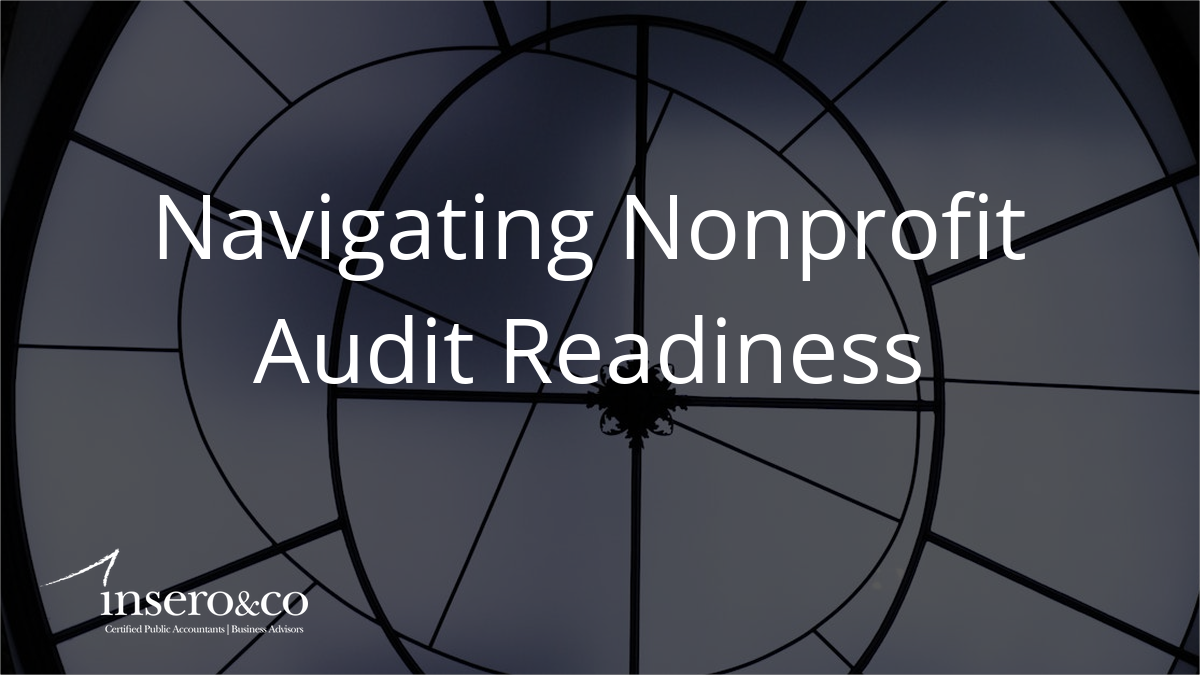Line of credit: what you should know
A bank line of credit is similar in function to a credit card. It provides a reliable source of cash for potential short-term business needs. If you’re considering a bank line of credit, here’s what you should know:
How it works
With a line of credit, you make draws against your credit line from time to time as you need cash. You pay interest only on the amount of the outstanding loan balance. You are expected to make payments and occasionally bring your outstanding balance to zero.
Example: Assume you have a $100,000 line of credit. You are not obligated to draw any of it at any given time, and you will pay no interest until you actually make a draw (much like a credit card).
Now assume that you must build up your inventory for the holiday shopping season and need $30,000 to do so. After your inventory purchase, you still have $70,000 of your credit line available; you are only paying interest on the $30,000 you used. You may have several occasions during the year to borrow on your line of credit. Since your line of credit is intended for short-term cash needs, your banker expects your balance to be paid down as your cash flow improves.

Use your credit wisely
Do not use a line of credit for capital purchases. If you need to expand your building or buy new equipment, arrange a term loan for that specific acquisition. This allows your creditor to use the new equipment to secure the loan and it keeps your line of credit free for short-term needs.
While a line of credit may have a low interest rate, most don’t have a fixed rate. The rate can change depending on the market at the time that you borrow, plus how much you borrow. You may end up paying a much higher interest rate if you already used your line of credit and need to borrow more money to cover another shortage.
Qualifying for a line of credit
If your business has at least two years of making a profit, you may qualify for a line of credit. Start by checking with your current bank. Your banker would like to keep your business, and if your financial statements support it, you will most likely be offered the line of credit. Depending on the size of the line of credit, be prepared to put up your business and personal assets as collateral. The bank may even request a co-signer on the note.
Most banks are willing to make loans to businesses that have uneven income cycles, but you may want to shop around for the best loan terms. Some banks may already have several customers in your industry and do not want more (a potential bank examiner’s concern). Accordingly, their terms may be less favorable than some other bank or credit union.
Contact us today if you would like assistance in preparing a request for a line of credit.
As always, we hope you find our tips and news for businesses valuable, and look forward to receiving your feedback. Companies focused on growth have sought the help of Insero & Co. for more than 40 years. During that time they have consistently experienced the peace of mind that comes from knowing their CPA firm takes the concept of integrity seriously. Should you have any questions, please contact us directly.




